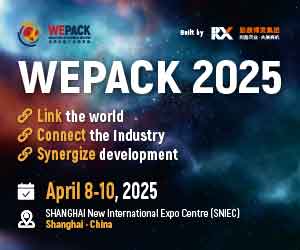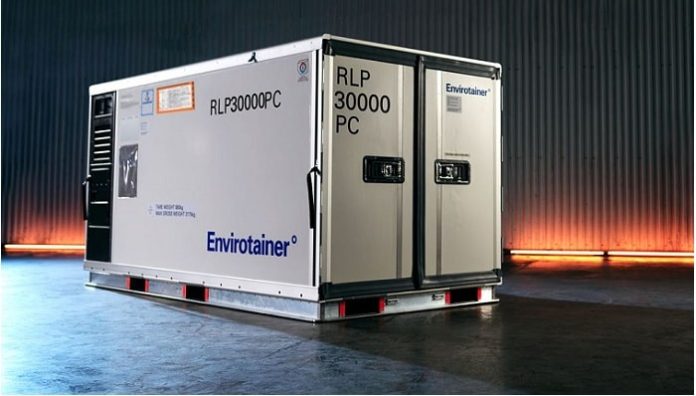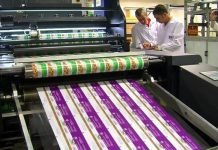Envirotainer, the global market leader in secure cold chain solutions for shipment of pharmaceuticals, has extensively expanded its production site in Rosersberg, just north of Stockholm.
This is in response to incredibly high demand for secure, temperature-controlled units to transport vital medicines around the globe. This year alone, the business will add annual shipping capacity of ~200 million more doses. By the end of 2022, Envirotainer will be capable of shipping over one billion vials per year.
This site is the largest in the world in terms of output, able to build more units each year than any other. It’s also been designed to allow further expansion in the future.
The Envirotainer fleet covers more than 2,000 pharmaceutical trade lanes in over 100 countries and 300 airports. As the market leader, the business recognises its responsibility to meet the growing need for ways to move ever-increasing volumes of vaccines and treatments such as insulin to where they’re needed.
Its services help pharma companies meet the strictest requirements in pharmaceutical air freight and include the new Releye® RAP and RLP models, which are the largest and most advanced of their type on the market, combining high capacity with superior features.
Peter Gisel-Ekdahl, Envirotainer CEO, opened the expanded facility this month and thanked employees for working tirelessly to boost production, meeting the needs of the pharmaceutical industry now and in the future.
Bernt Anderberg, Chief Technology and Supply Chain Officer, said, “I’m immensely proud of the team’s outstanding efforts and happy to be stepping up production.”
Sofie Nordhamren, Head of Quality Control and Production Manager at Envirotainer said, “The demand for our services has been sky-high since the start of the pandemic. The need to safely transport pharmaceuticals while minimising wasted space in precious air cargo has increased dramatically.
“The added capacity will help our customers be more efficient, sustainable, and reduce the likelihood of a temperature deviation to virtually zero. This nearly eliminates the likelihood of valuable product loss.”

























